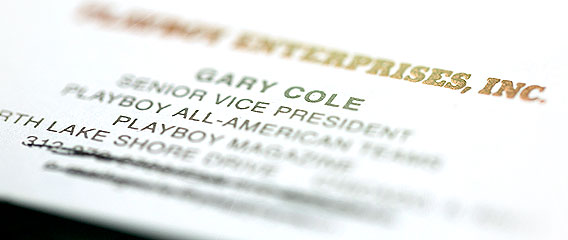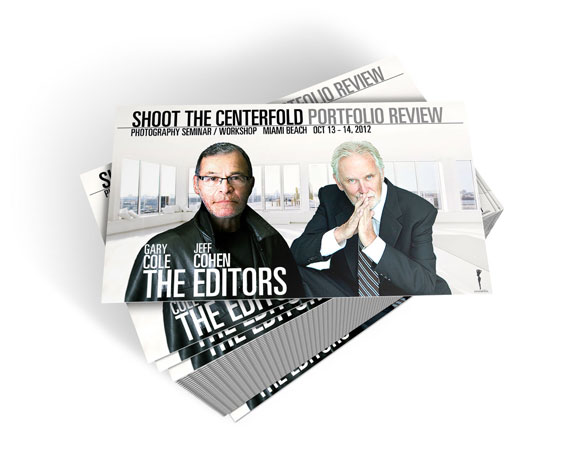Interview with Gary Cole – The past, present and future of photography
When you think of the photography in Playboy Magazine, it’s very likely that the last thing to cross your mind would be a very dapper and stylish gentleman who’s not only shaped the face (and centerfolds) of the best-selling men’s magazine of all time, but for the past three decades has also hand-picked the photographers that would make those resplendent images come alive and symbolize perfection in glamour photography and the female form.
However, if you’re an ambitious photographer in search of a successful career in glamour photography, you’ve probably heard the name – Gary Cole. You would also know why the man is respected and known for being the best in his field. Not only was he the Director of Photography at Playboy for over 30 years, but can also be credited with defining much of the Playboy look and mystique we see in its pages and are familiar with today.
Shoot The Centerfold’s Jarmo Pohjaniemi, one of Gary’s hand-selected protégés and a master photographer in his own right, recently sat down with Gary for an illuminating view into the world of light, photography and the business side of the photo world.
Interview:
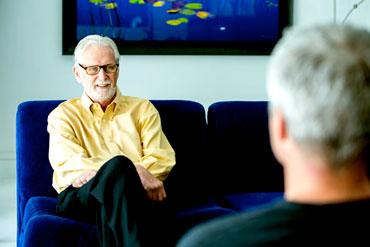 Jarmo: Gary, it’s good to have you here in Miami and it’s always a pleasure to be able to pick your brain about business and photography. Without fail, each time we discuss photography and business I learn more and get valuable reminders of things I may have misplaced in the back of my mind.
Jarmo: Gary, it’s good to have you here in Miami and it’s always a pleasure to be able to pick your brain about business and photography. Without fail, each time we discuss photography and business I learn more and get valuable reminders of things I may have misplaced in the back of my mind.
Gary: Thank you for inviting me down to sunny Miami. I guess one can never have enough advice because there is always that one more thing that needs to be discussed before the next shoot. Does that sound familiar?
Jarmo: Yes, actually it does, and you always have had a great approach to helping photographers realize their hidden potential through a careful evaluation of their photographic shortcomings. So, what’s your secret to success?
Gary: There’s no secret. I realized when beginning to work with Hefner many years ago that he and I saw photography very much in the same way. What he liked, I liked. It didn’t always exactly work that way the other way around because sometimes I liked new approaches that he wasn’t ready yet to accept. However, we agreed the vast majority of time and that gave me a great deal of confidence as an editor.
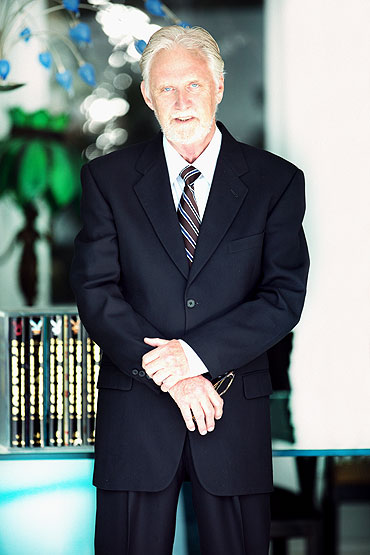 Jarmo: I assume you divide photography and business into two separate categories here.
Jarmo: I assume you divide photography and business into two separate categories here.
Gary: You are absolutely right. There is the business side and then there is the actual photography. Both are important and one cannot survive without the other if your goals are to become a successful photographer. Unless you are going to be satisfied shooting images for yourself, family and friends, you have to develop a sound business plan to go along with developing your photography skills.
Jarmo: Visually creative individuals don’t like paperwork and bookkeeping in general.
Gary: I think that’s a fair statement. However, one can’t simply ignore the business side because it isn’t as much fun, isn’t as glamorous as the actual shooting. You must develop a business plan based on your talents and the realities of the market you are in. You need to keep records. You need model releases, location releases. You need insurance. You need to develop a marketing plan of action. You need to submit invoices promptly and with all appropriate accompanying receipts. Keep a shooting diary that you jot down relevant information in at the end of each shooting day. You need to develop your interpersonal skills so that you can manage models, assistants, anyone else associated with your shootings. You need to study your potential clients. Find out who they are and look very closely at what is already working for them.
Jarmo: You have seen many photographers come and go over the years. What is the key for the ones who have been able to succeed over the long haul?
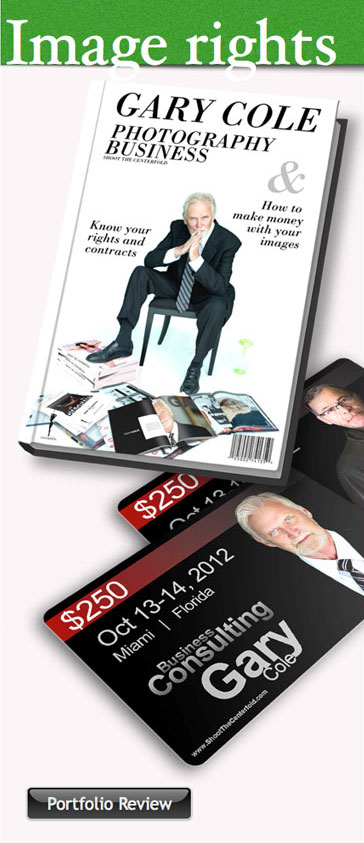 Gary: Let’s start by being honest. Every successful photographer has some grain of visual talent lurking inside them before they ever pick up a camera. Not everyone has it and certainly those that do have it don’t have it to the same degree. However, the good news is that most of us have some visual aptitude. The trick is to identify the shape and nature of that aptitude and then develop it. Never be too satisfied with your last shooting lest you make the mistake of merely repeating yourself over and over. Build on a success by continuing to experiment, to innovate. I always appreciated it when a photographer fulfilled the basics of an assignment and then tried to do something more. It didn’t always work. The creative process is imperfect. However, sometimes a misstep can lead to something really good the next time. Critique your work. Be tough on yourself. And then figure out how to get better. At Playboy, we always had five to ten top guys I dealt with who could do that. They didn’t all do it in the same way. Each guy had his own style, his own way of working. However, we had an elite group of six to eight photographers who worked for the magazine for a very long time and some continue to work there.
Gary: Let’s start by being honest. Every successful photographer has some grain of visual talent lurking inside them before they ever pick up a camera. Not everyone has it and certainly those that do have it don’t have it to the same degree. However, the good news is that most of us have some visual aptitude. The trick is to identify the shape and nature of that aptitude and then develop it. Never be too satisfied with your last shooting lest you make the mistake of merely repeating yourself over and over. Build on a success by continuing to experiment, to innovate. I always appreciated it when a photographer fulfilled the basics of an assignment and then tried to do something more. It didn’t always work. The creative process is imperfect. However, sometimes a misstep can lead to something really good the next time. Critique your work. Be tough on yourself. And then figure out how to get better. At Playboy, we always had five to ten top guys I dealt with who could do that. They didn’t all do it in the same way. Each guy had his own style, his own way of working. However, we had an elite group of six to eight photographers who worked for the magazine for a very long time and some continue to work there.
Jarmo: What advice can you give to somebody who wants to become a photographer?
Gary: Well, first of all, you need to identify what you really want to do and set goals for yourself; you need to meet those goals as well to gain self-respect that shows you are moving up the scale. The most common line I hear goes like, “Yeah, I bought a camera and tried, but then I realized that it wasn’t going to work out“- meaning they gave up. If you “try to make stuff happen,” it never will! Making things happen works much better. Don’t take “no” for an answer. Show better work and grow doing so.
Jarmo: I remember you calling me stubborn at the beginning of my Playboy career – is this related to your last answer?
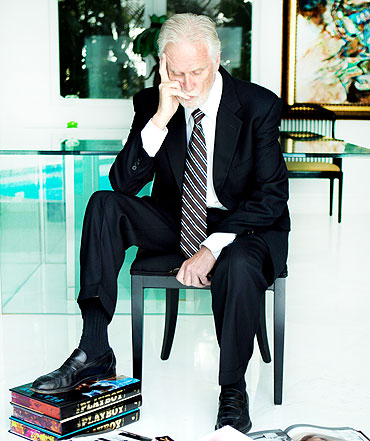 Gary: Yes, it is. You did not take no for an answer and I had no choice but recognize you and your talents. Lots of photographers send me their work for evaluation. I’m was – and still am – very honest about their work and if I did not book them on the spot, they got defensive and didn’t know how to take criticism. Well, don’t ask for opinions if you cannot deal with the truth. You took all my advice and learned from it, which proved to be one of the keys to your success.
Gary: Yes, it is. You did not take no for an answer and I had no choice but recognize you and your talents. Lots of photographers send me their work for evaluation. I’m was – and still am – very honest about their work and if I did not book them on the spot, they got defensive and didn’t know how to take criticism. Well, don’t ask for opinions if you cannot deal with the truth. You took all my advice and learned from it, which proved to be one of the keys to your success.
Jarmo: So educating yourself is the answer?
Gary: Yes, nobody does it just on raw talent. There is so much more to photography and business than just buying the best toys on the market. I wish there was a turnkey situation that would work right out of the box. Trust me, there isn’t one.
The closest thing I know is the Shoot The Centerfold project. No bull, no fancy sugarcoated words – just straight talk about how to make it happen. I won’t lie. There are more paths to success than through Shoot The Centerfold, however, it’s the shortest and surest path that I know of.
Jarmo: I remember in the beginning stages of my Playboy career that you often told me to remember three things that were very important to you; one, Lighting; two, be able to tell a story with a single image; and three, “You can’t print excuses instead of images.” I still create images based on these requirements you once set and it’s still works like a charm. Can you give us your thoughts about business and how it has changed photography?
Gary: The photography business has changed quite a bit in the past 10 years, but a good image will always remain timeless. The digital revolution has a lot to do with it and I think it’s a great thing because it has also opened new possibilities and revenue sources that were not available before. However, it has also diluted things somewhat in mainstream photography. Take Facebook as an example; just because you are popular with your friends and they’re always praising your work, it does not mean that you are popular in the high-end photography market. What you really need to do is to impress those who matter in the photography business today. The battle clearly goes beyond Facebook and Twitter, which I think are great ways of communicating with people, but not the most effective way in getting an honest evaluation of your work.
Jarmo: Ok, so you want to get into the business as a new photographer. What’s your second bit of advice?
Gary: Listen to what pros who’ve done it all have to say because they’re living proof. Come see me at the Shoot The Centerfold seminar and workshop. I will give you honest feedback, hopefully helpful constructive feedback, as well as tell you where you stand as a photographer and what to do to reach the next level.
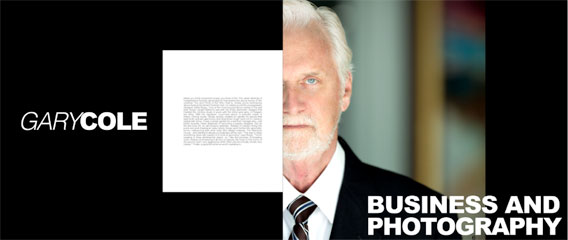
Jarmo: You retired from Playboy recently on your own terms. What was the reason after such a long time with the company?
Gary: Actually, the term “retired” is not accurate. After nearly 35 years as Photography Director, a time in which I had the opportunity to work with nearly all the world’s leading photographers, negotiate with so many celebrities and even get the chance to help Playboy enter the digital age with a stint as Editorial Director of playboy.com, I decided it was time for something new. I wanted more time to be able participate in things such as Shoot The Centerfold, to write and to enjoy riding my new Harley-Davidson Road King motorcycle around the country. And Playboy was changing. Most of the brilliant staff people that I had the opportunity to work with – Arthur Kretchmer, Tom Staebler, Art Paul – were gone. The ownership of the company was shifting from Hef to corporate groups who I didn’t think understood or valued the quality of the brand or appreciated its history as much as I did. And I wanted to go out on my own terms. After I resigned, the company asked me to come back as a consultant, something that I did until the end of 2011. Now Playboy is in new hands. I’m hoping to see one of Hef’s sons step to the front and reshape the brand into something that will last another 60 years or more. I’m satisfied with my run at Playboy. It was a fantastic experience. One of these days, I’ll write my Playboy memoirs, if for no other reason than to once again relive the glory days of a great cultural institution.
Portfolio review $250. Followup consulting review $200. If you are registerering to portfolio review for second time, use this coupon code STCPR50 for discount.Before signing up for portfolio review & consulting. You must be registered attendee for STC seminar/workshop.
REGISTER HERE FOR PORTFOLIO REVIEW





